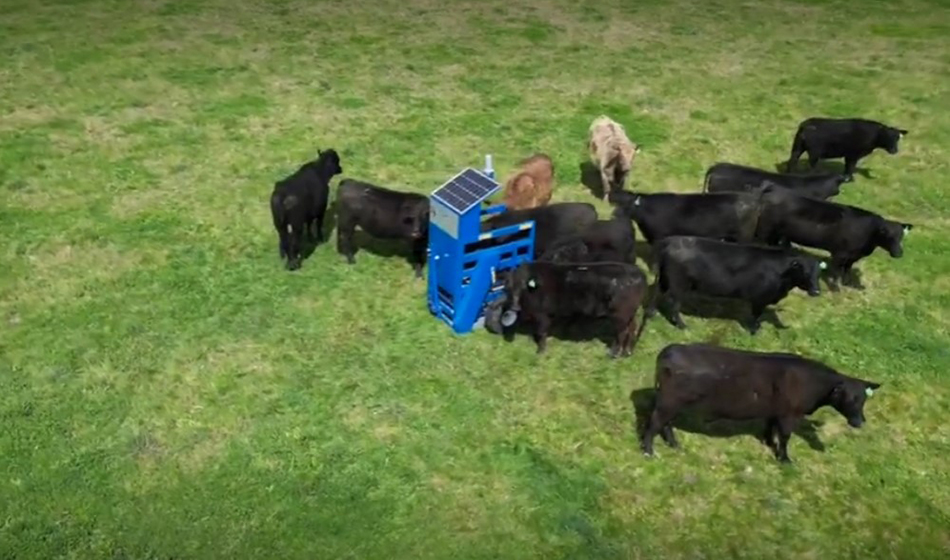Value of in-paddock weighing system evaluated by cluster group
A BBB cluster group is being formed to use an Optiweigh unit to demonstrate the value of in-paddock cattle weighing systems for improved monitoring animal weights, optimising compliance with target market weight specifications and for improved labour efficiency.
Optiweigh’s unique in-field weighing system means graziers can get accurate weights multiple times per day, with no additional effort or stress to the animals. This allows graziers to gather more data on their herds, make decisions quickly, and catch problems early.
It will also be trialled as a grazing land management tool. Optiweigh reports will be used in conjunction with an operation’s forage budget, animal gut fill and dung assessments, and grazing plan to help decision making as to when to move cattle.
NQ Dry Tropics grazing field officer Tristan Gibson, who is managing the cluster group, said the trial would provide land managers with an opportunity to advance and improve their grazing land management practices as well as fight off the feeling of ‘standing still’ in their business.
Cattle producers growing out cattle in extensive paddock environments are not regularly weighing their animals and can therefore be delayed in noticing any changes in growth rates. Typical systems require animals to be brought to a central set of cattle yards to be weighed – a time and labour consuming job and inefficient if weight monitoring is the sole purpose of the yarding.
The stress of moving, being yarded, and losing important grazing time can also negatively impact cattle growth. For graziers aiming to finish cattle or reach target weights efficiently, any reduction in weight gain or subpar growth rates is economically significant to the enterprise.

Weigh to go: Taking the guesswork out of livestock weight monitoring.
If a grazier can monitor weights with in-paddock weighing equipment in real-time, the grazier can respond to growth rate changes by providing additional supplementation or other suitable interventions in a timelier manner. Real-time data can also be used to plan sale dates and numbers, ensuring cattle are more likely to meet target weights and hit market specifications more accurately.
Data will be collected from each demonstration site throughout the two-year trial and will form the basis of an analysis of the value of an in-paddock cattle weighing system to be conducted at the completion of the trial. Four properties will share the Optiweigh unit and field days will be held to update the broader grazing community.
Tools like the Optiweigh unit help graziers make informed land management decisions that improve soil condition and productivity as well as reducing erosion and soil loss to waterways flowing into the Great Barrier Reef lagoon.

